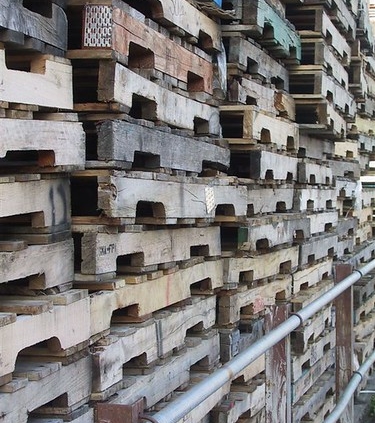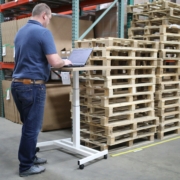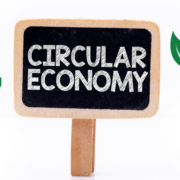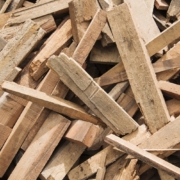The Sustainable Supply Chain – Forest Products (Part 1)
As supply chain decision-makers urgently turn their focus toward sustainability, they are looking at opportunities to reduce CO2 emissions through initiatives such as renewable energy, transportation optimization, IoT (internet of Things), and more. But have you considered how wood pallet and packaging recycling can make a difference for your sustainability aspirations?
The funny thing about pallets, like other things in life, is that if you aren’t aware of them, they are easy to overlook. In the United States, there are 2 billion of them hiding in plain sight. If we assume 50 lbs of wood per pallet, that amount translates into 100 billion pounds of wood, which sequesters roughly 45 to 50 billion pounds of carbon. We will return to the CO2 reduction benefits of wood pallet and container reuse and recycling in the next post.
Once people become aware of pallets, however, some folks are surprised to realize that pallets are on the job almost everywhere in supply chains from inbound material at the production plant to supporting unit loads arriving at the retail outlet.
As the National Wood Pallet & Container Association states, “Pallets Move the World®”. According to one report, around 94% of industrial and consumer goods in the United States travel on a pallet at some point in their supply chain journey from producer to distribution location to end customer.
Wood Packaging in the Supply Chain
The MH1-2016 standard defines the pallet as a “portable, horizontal, rigid, composite platform used as (a) base for assembling, storing, stacking, handling and transporting goods as a unit load; often equipped with (a) superstructure.” When products are stacked on top of a pallet, the combination of goods and a pallet is known as a unit load.
The mechanized handling of materials in unit loads offers many benefits versus the manual handling of goods. This practice helps protect sensitive products from damage associated with “touch labor” or manually repositioning each box, for example. The pallet also protects products during interaction with material handling equipment such as forklifts, conveyors, pallet storage racks and automated storage and retrieval systems. Palletized unit loads can be stored more efficiently than unpalletized goods in most storage systems or through the stacking of unit loads. Palletization also dramatically increases the speed of loading and unloading versus floor loaded or unpalletized goods, and through the avoidance of manual handling, improves workplace safety.
Pallets or wood packaging may be used for a single supply chain link or to move goods through multiple links. For example, plywood orchard bins move fresh tree fruit to the packing shed where it is packed and palletized onto a wood pallet. The bin is reused in the orchard, while the pallet is employed for delivery of packaged fruit to a grocery distribution center, and then perhaps as the base for a full unit load or a mixed pallet load assembled for delivery to the retail outlet. In a mainframe computer supply chain, on the other hand, components may arrive palletized, with the sensitive finished product then shipped in a custom wood container to the customer location.
In part 2, we will take a look at the life cycle and recycling of wood packaging and the positive impact that recycling has on carbon emissions.












